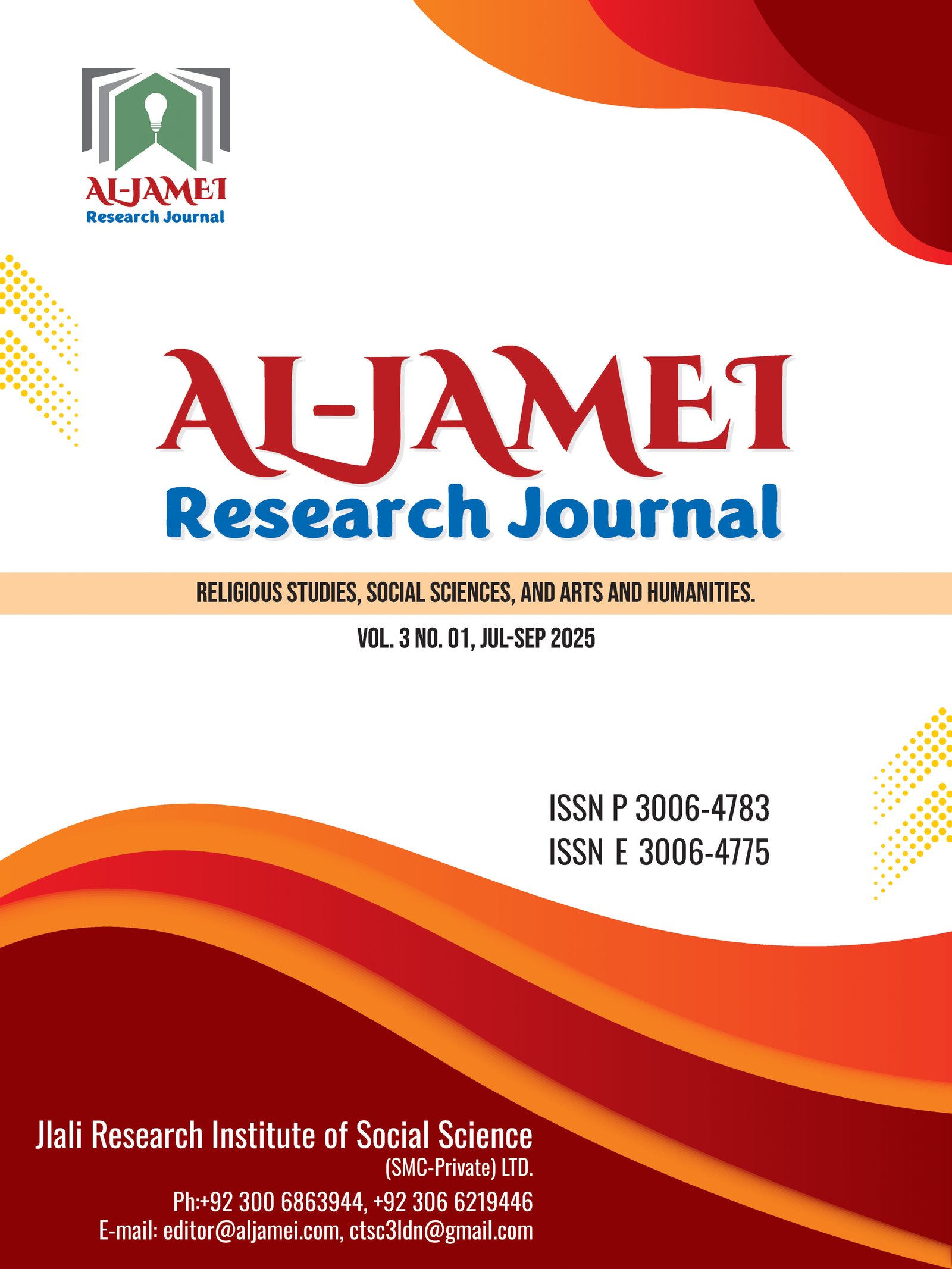Youth, Identify and Resistance: A Sociological Study of Street and Informal Athletic Cultures
DOI:
https://doi.org/10.5281/Abstract
Street and informal sports cultures in Sargodha, Pakistan, this research explores the link between youth, identity, and resistance. Data were gathered from hundred male participants, ages 11 to 40, who often participated in street and informal sports activities in parks, open spaces, and local streets using a quantitative cross-sectional survey approach. Four subsections gender dynamics in street sports, class and economic inequalities, geographical control and access, and intersections of identity scored on a five-point Likert scale were included in the structured, closed-ended questionnaire. A pilot study and expert review were used to verify the instrument, and internal consistency was confirmed by Cronbach's Alpha. In SPSS (version 25), descriptive statistics were used to evaluate the data, and comparisons were made between three age groups (ages 11–20, 21–30, and 31–40). The results show that when it came to identity creation, empowerment, social belonging, and resistance to marginalization, younger participants (ages 11–20 and 21–30) expressed the highest levels of agreement. This was particularly noticeable when it came to acknowledging the gender, class, and geographical characteristics of informal sports as well as combating social (66.7%) and cultural-political marginalization (66.7%). On the other side, respondents between the ages of 31 and 40 showed more neutral or disagreeing answers, especially when it came to resistance, class disparity, and spatial ownership. This suggests that as people age, there is less importance placed on using street sports to define one's identity. Overall, the study comes to the conclusion that teenagers and young adults actively negotiate questions of gender, class, belonging, and resistance in street and informal sports, which serve as potent sociocultural arenas. These results emphasize the transforming impact of non-institutional sports activities in identity formation and advance sociological understandings of teenage subcultures.
Downloads
Downloads
Published
Issue
Section
License
Copyright (c) 2025 AL-JAMEI Research Journal

This work is licensed under a Creative Commons Attribution 4.0 International License.






